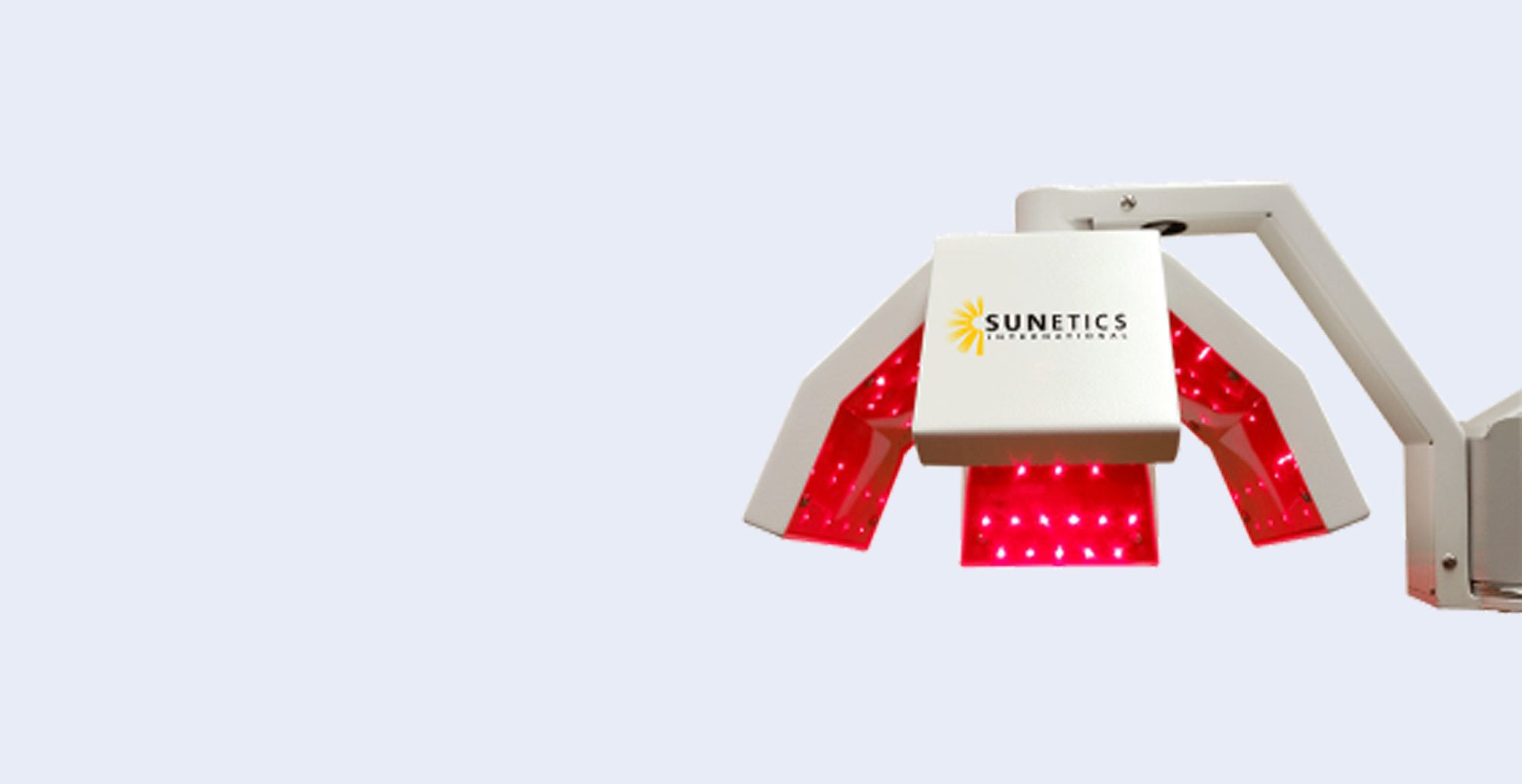- SOLUTIONS FOR MEN
- SOLUTIONS FOR WOMEN
- PHOTOS & VIDEOS
- VIPS
- See all of our VIP Clients
-
- Brad Holtz - Multi-Unit Hair Grafting™
- Rick DeMulling - Multi-Unit Hair Grafting™
- Kevin Bowen - ARTAS FUE
- JMV - Multi-Unit Hair Grafting™
- Ann Richards - Hair Restoration Treatments
- Dwight Witten - Multi-Unit Hair Grafting™
- Paul Poteet - Multi-Unit Hair Grafting™
- Alex Fortey - Multi-Unit Hair Grafting™
- Crate - ARTAS FUE
- LEARN




